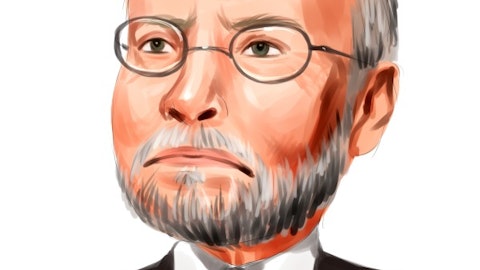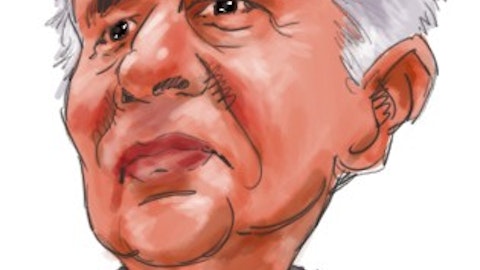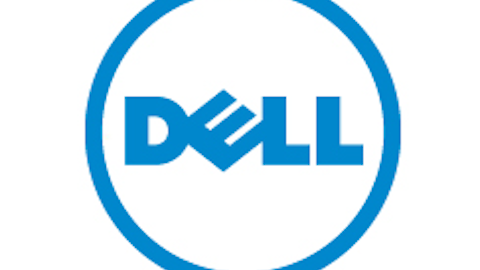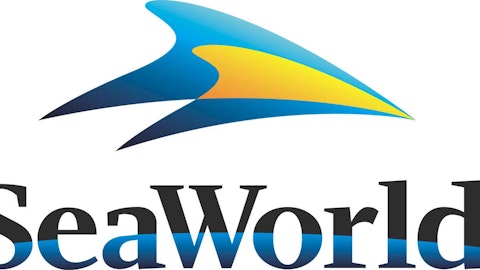The global theme-park industry continues to grow. Global Industry Analysts expects the global theme-park industry to reach $31.8 billion by 2017. However, most of the growth will be driven by emerging markets like China, India and Korea. European and North American markets have matured as growth in visitor attendance is stabilizing.
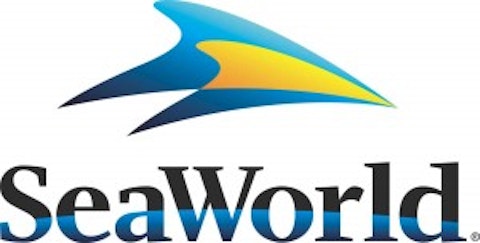
Theme park and entertainment company SeaWorld Entertainment Inc (NYSE:SEAS) launched its IPO of 26 million shares on April 19. Though it was priced at $27 per share, the stock surged 24.1% to end its first trading day at $33.52. Seaworld offered 10 million shares, and The Blackstone Group L.P. (NYSE:BX) sold the remaining 16 million shares. Selling shareholders also allowed underwriters to exercise the over-allotment option and sell an additional 3.9 million shares.
SeaWorld Entertainment Inc (NYSE:SEAS) raised about $253.8 million in net proceeds after deducting underwriter commissions and discounts. The company didn’t receive any proceeds from the shares sold by The Blackstone Group L.P. (NYSE:BX) or other selling shareholders. The IPO values SeaWorld Entertainment Inc (NYSE:SEAS) at $2.5 billion.
The company and its bankers had earlier set a price range of $24 to $27, and finally the IPO was priced at the higher end. About 28% of Seaworld’s total outstanding shares were put in the offering.
Understanding the business
The Florida-based company owns 11 theme parks in the United States under brands such as SeaWorld Entertainment Inc (NYSE:SEAS), Busch Gardens and Shamu. The theme parks offer a strong value proposition to customers through shows, the option to view more than 67,000 animals and to go on rides. SeaWorld Entertainment Inc (NYSE:SEAS)’s 11 theme parks attracted about 25 million visitors in 2012.
Seaworld chief executive officer Jim Atchison said that the company plans to boost future revenue by attracting more and more visitors and encouraging them to spend more money in the parks. The company also plans to expand its business into broadcast media and entertainment products.
Financial position
SeaWorld Entertainment Inc (NYSE:SEAS) was earlier a part of Anheuser-Busch InBev NV (ADR) (NYSE:BUD). The liquor giant sold the theme park chain to Blackstone for $2.7 billion in 2009 to reduce some debts from its high-profile merger with Anheuser-Busch InBev NV (ADR) (NYSE:BUD). Since then, The Blackstone Group L.P. (NYSE:BX) has aggressively helped Seaworld improve revenue and profitability.
In FY 2012, Seaworld reported net revenue of $1.4 billion, a 7% increase over the previous year. Profits soared from just $19.1 million in 2011 to $77.4 million in 2012. Like many private equity firms do with their buyouts, Blackstone saddled Seaworld with a lot of debts, $1.8 billion to be precise. In 2012, the company had to spend $111.4 million in interest payments alone.
Currently the company has $1.8 billion in short-term and long-term debts, and just $45.7 million in cash. Based on the April 19 closing price, Seaworld’s equity is valued at 2.2x revenue and 40x earnings.
Though Seaworld’s revenue multiple of 2.2x seems reasonable, the earnings multiple of 40x is far too high. Debt reduction will help increase the company’s bottom line. As icing on the cake, it has already announced a quarterly dividend of $0.20 per share, or a 2.4% annual dividend yield.
Investment analysis
Net proceeds from the offering will be used to redeem $140 million in senior notes that mature in 2016 with an 11% interest rate. So, it will increase the company’s annual income by $15 million. Seaworld will also have to pay Blackstone a one-time fee of $47 million to terminate its advisory agreement. The remaining amount will be used for general corporate purposes. Blackstone has received a hefty $610 million in combined dividends for 2011 and 2012 from the company.
However, heavy debts aren’t Seaworld’s biggest threat as the maturity date on most of those obligations is more than five years away. The real trouble is that about 55% of Seaworld’s total revenue come from Florida, so it is highly vulnerable to hurricanes.
Additionally, entertainment and theme parks don’t do well during rough economic conditions, as consumers start cutting their discretionary expenses. Seaworld witnessed this in 2009 when the number of visitors and spending rates both declined heavily. Worse, Seaworld’s competitor, Six Flags Entertainment Corp (NYSE:SIX), was forced to file for bankruptcy in 2009.
Even after emerging from the bankruptcy, Six Flags Entertainment Corp (NYSE:SIX) suffered losses in 2011. It still has a very high debt-to-equity ratio of 3.3, which further increases the risk. Though Six Flags recorded a net profit of $354 million last year, actual profits were only $109 million if you exclude one-time gains.
It operates mostly in North America where market has almost stagnated. And that’s clearly reflected in Six Flags Entertainment Corp (NYSE:SIX)’ sales growth, which has been a meager 2% a year since 2007. To keep investors interested, Sea Flags distributes $180 million in annual dividends ($3.60 a share), much more than its annual profit of $109 million.
Blackstone’s position
Blackstone will retain its 73% stake in Seaworld. The private-equity firm itself is in a strong financial position. Its total assets under management soared 26% to a record $210 billion in FY 2012. More than 70% of its total AUM are under long-term contracts that have no redemption risk.
In a recent period, Blackstone’s net income jumped 30% to about $2 billion, and adjusted EBITDA was up 49% to $1.3 billion. The private-equity firm has A+ rating from Fitch and A-rating from Standard & Poor’s. Blackstone gives shareholders an annualized dividend yield of 5.9%.
Conclusion
Despite the successful IPO, I don’t find Seaworld valuable. It’s saddled with debts, has very low variable costs and high fixed costs, and most of its business is concentrated in Florida. Furthermore, Seaworld is not so resilient during unfavorable economic conditions. In 2009, the company’s earnings dropped and it suffered losses in 2010 as customers cut back on discretionary spending. That, coupled with high debts, is a big threat.
The article Should You Join in the SeaWorld IPO Bandwagon? originally appeared on Fool.com is written by Roberto Bañaga.
Copyright © 1995 – 2013 The Motley Fool, LLC. All rights reserved. The Motley Fool has a disclosure policy.
